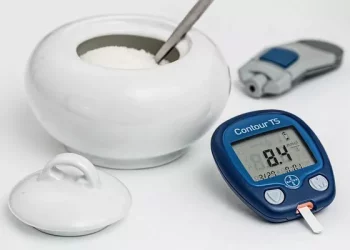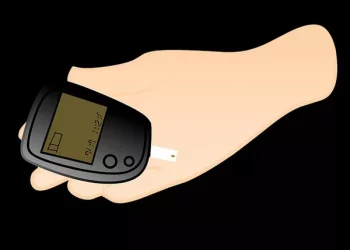Each year, approximately 18,000 children and adolescents in the United States are diagnosed with type 1 diabetes, with cases rising at an annual rate of 2.9%. This growing prevalence means more families are facing the challenges—both physical and emotional—of managing a child’s diagnosis.
Recognizing the Symptoms
Type 1 diabetes is an autoimmune condition in which the body mistakenly destroys insulin-producing cells in the pancreas, making it difficult to regulate blood sugar levels.
Early symptoms can develop rapidly but may not always be immediately recognized. Common warning signs in children include:
-
Increased thirst
-
Frequent urination
-
Unexplained weight loss despite an increased appetite
-
Bedwetting or daytime accidents in previously potty-trained children
-
Blurred vision
-
Fatigue
-
Mood swings and irritability
“It’s not uncommon for a teacher to notice these symptoms before a parent, as a child may frequently request bathroom breaks,” explains Dr. Allison Smego, a pediatric endocrinologist at University of Utah Health.
Understanding the Three Stages of Type 1 Diabetes
Type 1 diabetes progresses through three stages, the first two often going unnoticed. However, early detection can be beneficial.
Stage 1: The immune system begins producing autoantibodies that attack insulin-producing cells. No symptoms appear, but these antibodies can be detected through a blood test.
Stage 2: Blood sugar levels become abnormal, either while fasting or after eating, yet symptoms are still absent.
Stage 3: The full onset of diabetes, requiring insulin for blood sugar management.
Managing Type 1 Diabetes
Once a child reaches stage 3 and is diagnosed, families must learn how to manage the condition effectively. This education typically takes place in a hospital setting and covers key aspects of diabetes care:
Monitoring blood sugar: This can be done manually with a glucose meter or via a continuous glucose monitor (CGM), which provides real-time data.
Counting carbohydrates: Knowing the carbohydrate content of meals helps determine insulin dosage. Older children may learn to manage this independently.
Staying active and healthy: Regular exercise, adequate sleep, and stress management play vital roles in diabetes care.
Utilizing technology: Advances such as hybrid closed-loop insulin pumps allow for automated insulin adjustments based on CGM readings, making management easier.
New Treatment Offers Hope
While there is currently no way to prevent type 1 diabetes, a breakthrough treatment has shown promise in delaying its progression. In 2022, the FDA approved teplizumab (brand name Tzield), a drug that helps preserve insulin production, potentially delaying the onset of stage 3 diabetes.
“Studies suggest teplizumab can postpone stage 3 diabetes by about two years, though individual responses vary,” says Dr. Smego. “Research is ongoing to see if it can help newly diagnosed patients retain their remaining insulin-producing cells.”
The Importance of Early Screening
Since symptoms often don’t appear until stage 3, early detection relies on proactive screening. This is especially critical for children with a family history of type 1 diabetes or other autoimmune conditions.
“With the introduction of teplizumab, screening at-risk individuals is more important than ever,” Dr. Smego notes. “There are also programs that screen for diabetes-related antibodies regardless of family history.”
A type 1 diabetes diagnosis can be overwhelming, but with proper education, medical support, and advancements in treatment, families can navigate the journey with greater confidence. Staying in close contact with a child’s healthcare team ensures that both physical and emotional needs are met, helping to create a manageable path forward.
Related topics:
Debunking Common Diabetes Myths
Oral Semaglutide Reduces Cardiovascular Events in Type 2 Diabetes Patients, New Trial Shows
Emerging Research Sheds Light on New Dementia Causes: Diabetes and Herpes





















